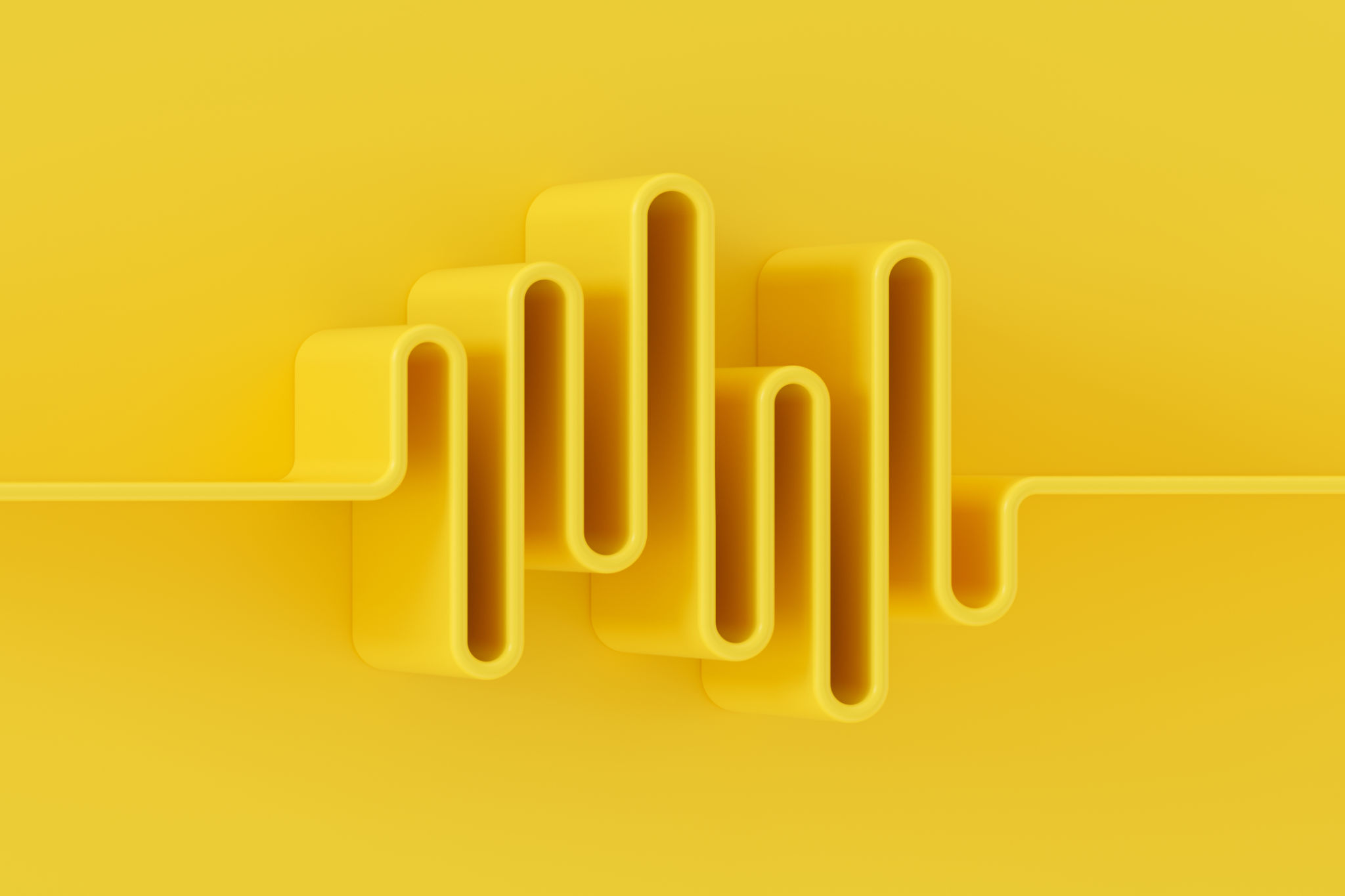DIY Home Studio Setup: A Guide for Aspiring Audio Producers
Introduction to DIY Home Studio Setup
Setting up a home studio can be an exciting journey for aspiring audio producers. Whether you're a budding musician, podcaster, or sound engineer, creating a dedicated space for your craft is essential. In this guide, we'll walk you through the basic steps to create a functional home studio on a budget.

Choosing the Right Space
The first step in setting up your home studio is selecting the right location. Ideally, you'll want a room that is quiet, free from external noise, and away from distractions. Consider the acoustics of the room — hard surfaces can cause echoes, while carpeted floors and curtains can help dampen sound.
Size matters too. A larger space can accommodate more equipment, but a smaller room can sometimes be easier to manage acoustically. Assess how much room you'll need based on the equipment you plan to use.
Essential Equipment
Once you've selected your space, it's time to gather the essential equipment. Here are some key items you'll need:
- Computer: A reliable computer is the heart of your studio. Ensure it has sufficient RAM and processing power to handle audio software.
- Digital Audio Workstation (DAW): Software such as Ableton Live, Logic Pro, or FL Studio is crucial for recording and editing audio.
- Audio Interface: This device connects your instruments and microphones to your computer, providing high-quality sound.
- Microphones: Invest in a quality microphone suited to your specific needs, whether it be vocals or instruments.

Soundproofing and Acoustics
Soundproofing is important to prevent external noise from entering your recordings and to keep your work from disturbing others. Consider using foam panels, bass traps, and diffusers to improve the acoustics. These materials can help absorb sound waves and reduce echoes.
Additionally, positioning furniture and equipment strategically can enhance the acoustics of your studio. For instance, placing a bookshelf behind your recording area can act as a diffuser.

Setting Up Your Workflow
Having an efficient workflow is key to maximizing productivity in your home studio. Arrange your equipment in a way that minimizes movement and allows easy access to all tools. Keep cables organized and labeled to avoid clutter and confusion.
Consider ergonomics as well. A comfortable chair and adjustable desk can make long hours of work more pleasant. Ensure your monitor is at eye level and your keyboard and mouse are within comfortable reach.
Personalizing Your Space
Your home studio should reflect your personal style and inspiration. Add personal touches like artwork, plants, or lighting that energizes and motivates you. This is your creative haven, so make it a place where you feel inspired to create.
Remember, the goal is not only to have a functional workspace but also an environment that fuels your creativity and passion for audio production.

Final Thoughts
Building a DIY home studio may seem daunting at first, but with careful planning and a bit of creativity, you can create an effective setup without breaking the bank. Remember that your studio is a work in progress, and over time, you'll find ways to refine and improve it. Embrace the process and enjoy the journey of creating music or audio content from the comfort of your own home.
